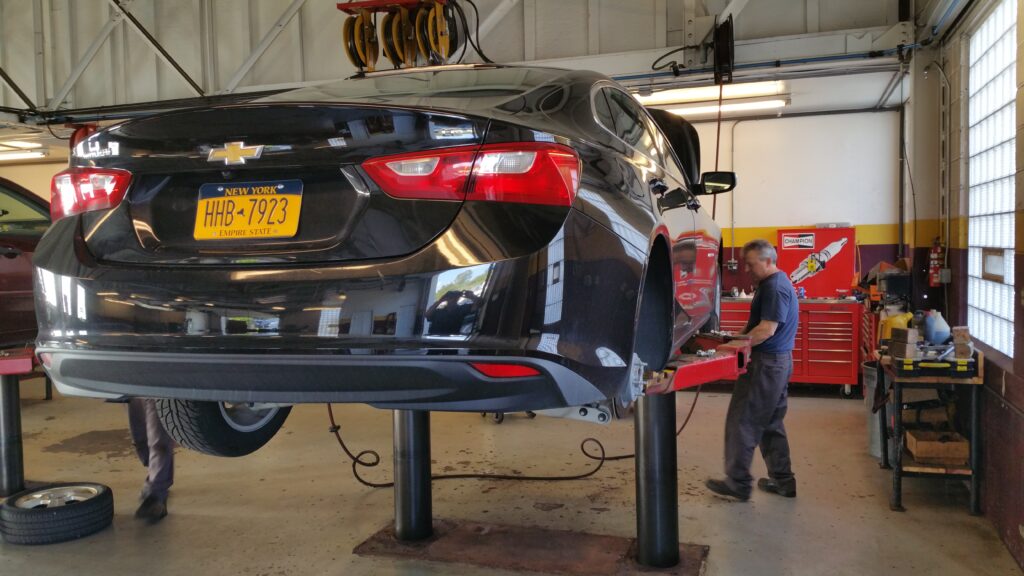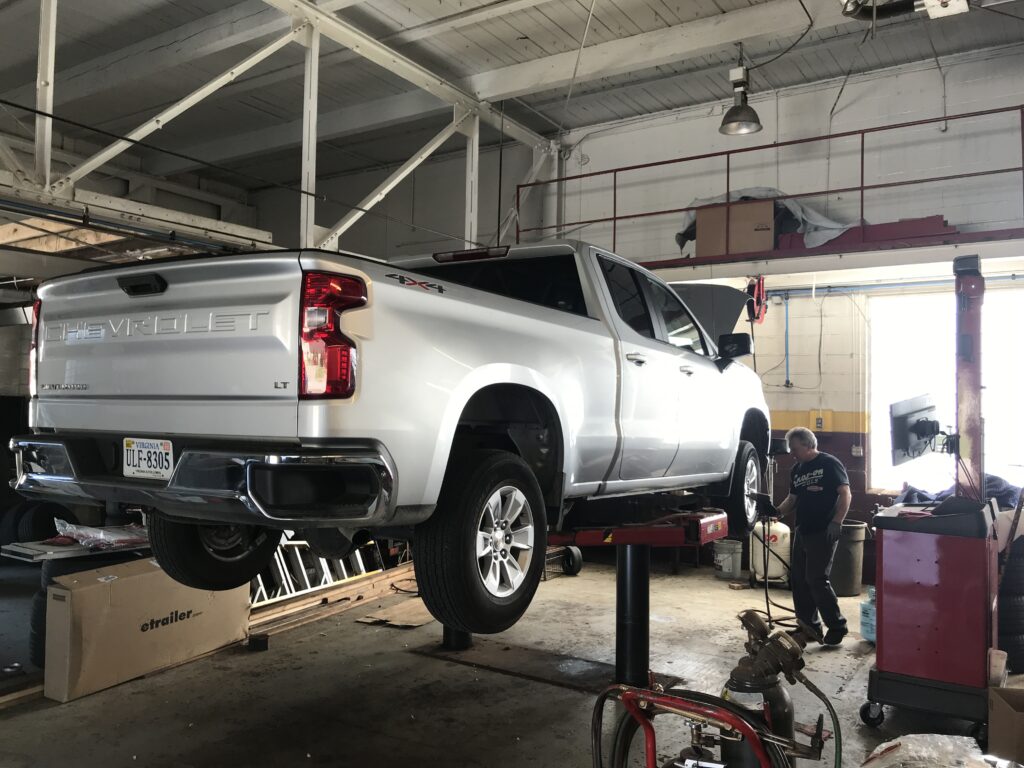Regular oil changes are one of the most important maintenance tasks for keeping your vehicle running smoothly and extending its lifespan. Knowing how often should you change your oil is important as it will help you keep your engine running for a longer time. Despite the simplicity of the task, there’s a surprising amount of confusion and debate about how often you should change your oil. Recommendations vary based on the type of vehicle, driving habits, and the type of oil used. In this article, we’ll break down the factors that influence oil change frequency and provide clear guidance on how often you should change your oil to ensure your car’s optimal performance.

Understanding the Purpose of Engine Oil
Engine oil plays a critical role in your vehicle’s engine. It lubricates the moving parts, reduces friction, and helps to dissipate heat, which prevents the engine from overheating. Additionally, oil helps to clean the engine by carrying away dirt, debris, and metal particles, which are then trapped by the oil filter. Over time, however, the oil becomes contaminated and loses its effectiveness, necessitating an oil change.
Changing your oil at the right intervals ensures that your engine stays properly lubricated and protected. Failing to do so can lead to increased wear and tear, reduced fuel efficiency, and potentially costly engine damage. Therefore, understanding the correct oil change interval for your vehicle is crucial.

The 3,000-Mile Myth
For many years, the standard advice was to change your oil every 3,000 miles or every three months, whichever came first. This recommendation was based on older engine designs and the types of oils available at the time. However, advancements in engine technology and improvements in oil formulations have made this rule of thumb outdated for most modern vehicles.
Today, many automakers recommend oil change intervals of 5,000, 7,500, or even 10,000 miles, depending on the vehicle and the type of oil used. Some vehicles with advanced engines and synthetic oils can go as far as 15,000 miles between oil changes. Therefore, it’s essential to refer to your vehicle’s owner’s manual to determine the manufacturer’s specific recommendation for your car.

Factors Influencing Oil Change Frequency
Several factors influence how often you should change your oil. These include the type of oil used, your driving habits, and the conditions in which you typically drive.
1. Type of Oil
The type of oil you use in your vehicle is a significant factor in determining how often it needs to be changed. There are two main types of engine oil: conventional (or mineral) oil and synthetic oil.
- Conventional Oil: This is the traditional type of oil used in vehicles. It’s derived from crude oil and is less refined than synthetic oil. While it’s less expensive, conventional oil typically requires more frequent changes, often every 3,000 to 5,000 miles.
- Synthetic Oil: Synthetic oil is chemically engineered to provide better performance and protection than conventional oil. It’s more stable at high temperatures, offers better lubrication, and resists breakdown longer. Because of these properties, synthetic oil can often last between 7,500 and 10,000 miles before needing to be changed.
Some vehicles also use synthetic blends, which are a mixture of conventional and synthetic oils. These blends offer a balance between cost and performance, with oil change intervals generally falling between those of conventional and full synthetic oils.
2. Driving Habits
Your driving habits can significantly impact how often you need to change your oil. If you primarily drive short distances, your engine may not reach its optimal operating temperature regularly, which can lead to oil contamination and require more frequent changes. Similarly, if you frequently drive in stop-and-go traffic, tow heavy loads, or operate your vehicle in extreme temperatures, you may need to change your oil more often due to the added stress on the engine.
On the other hand, if most of your driving is done on highways at steady speeds, your oil may last longer, and you can typically follow the longer oil change intervals recommended by your vehicle’s manufacturer.
3. Driving Conditions
The environment in which you drive also plays a role in determining oil change frequency. Dusty or dirty environments can cause more contaminants to enter your engine, requiring more frequent oil changes. Similarly, if you drive in very cold or very hot climates, your oil may degrade more quickly, necessitating earlier changes. Vehicles used in off-road conditions or those exposed to salt (such as in coastal areas or places that use salt on roads during winter) may also need more frequent oil changes due to the increased likelihood of contamination.

Following Your Manufacturer’s Recommendations
The best source of information for how often to change your oil is your vehicle’s owner’s manual. The manufacturer has designed the vehicle and tested it under various conditions to determine the optimal oil change interval. Following these guidelines will help ensure that your engine remains in good condition and performs reliably over time.
Most manufacturers provide two sets of recommendations: one for “normal” driving conditions and one for “severe” driving conditions. Severe conditions typically include frequent short trips, driving in extreme temperatures, towing, or operating in dusty environments. If your driving falls into the severe category, you may need to change your oil more frequently than the normal interval.

The Role of Oil Life Monitoring Systems
Many modern vehicles are equipped with oil life monitoring systems that track various parameters to determine when an oil change is needed. These systems consider factors such as engine temperature, revolutions per minute (RPM), driving habits, and more to calculate the remaining life of your oil. When the system determines that the oil is nearing the end of its useful life, it will notify you via a dashboard light or message.
While these systems are generally reliable, they should not be ignored. If your vehicle’s oil life monitoring system alerts you to change your oil, it’s important to do so promptly to avoid potential engine damage. However, it’s also a good idea to check your oil level and condition regularly, as the monitoring system does not replace the need for routine inspections.

The Bottom Line
In conclusion, the frequency with which you should change your oil depends on a combination of factors, including the type of oil used, your driving habits, and the environment in which you drive. While the old 3,000-mile rule may still apply to some older vehicles or those using conventional oil, most modern vehicles with synthetic oil can go much longer between changes.
To determine the right oil change interval for your car, always refer to your owner’s manual and consider any specific recommendations from your manufacturer. Additionally, be mindful of your driving conditions and habits, as these can influence how quickly your oil degrades.
At Town Center Automotive, we understand that keeping up with regular oil changes is crucial for maintaining the health of your vehicle. Our experienced technicians are here to provide expert advice and top-quality service to help you get the most out of your car. Whether you’re due for an oil change or just need some guidance on the best maintenance practices, we’re here to help you every step of the way.



